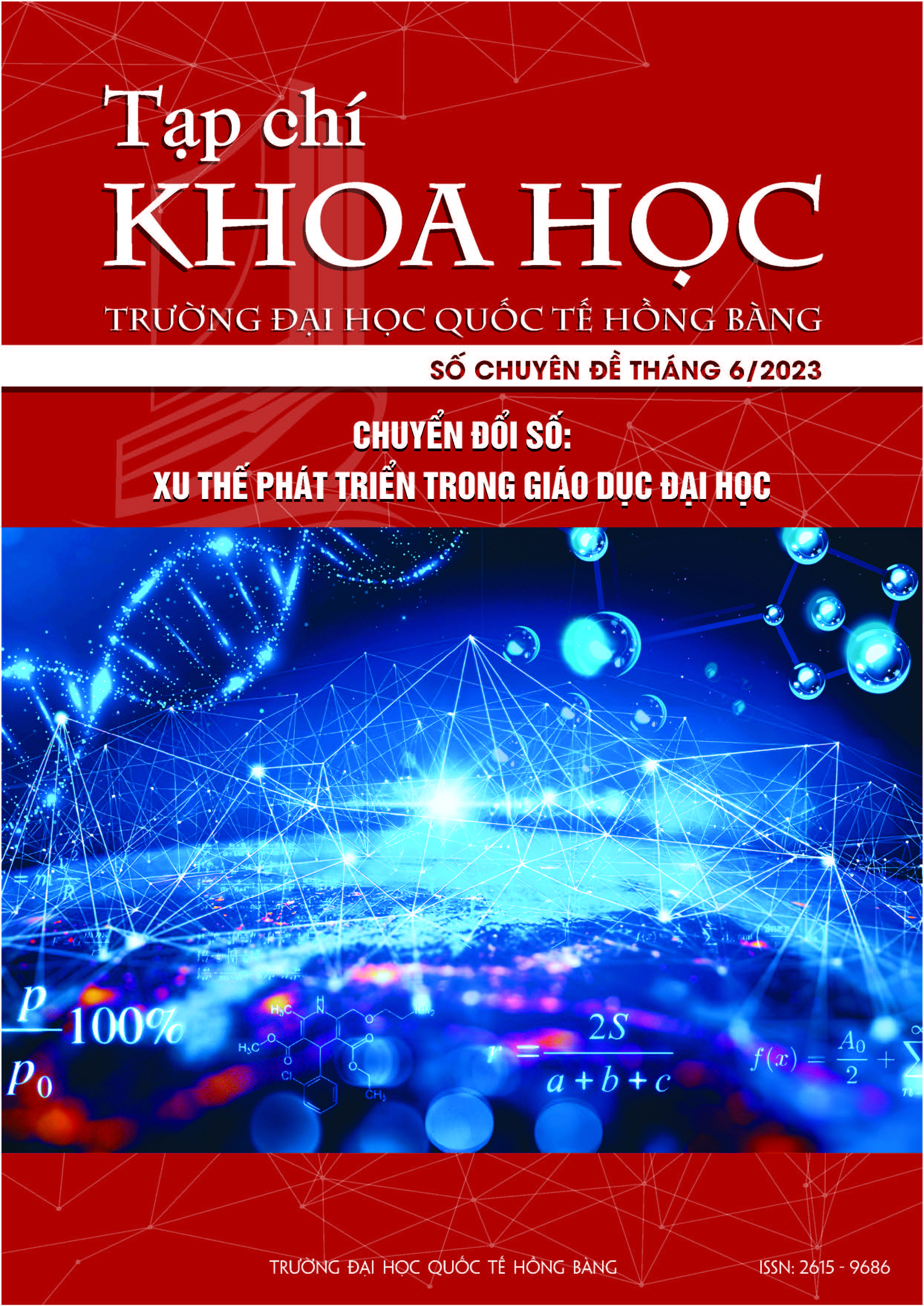Phát triển phần mềm tính toán hệ thống điện làm công cụ hỗ trợ quá trình dạy và học ngành kỹ thuật điện
Các tác giả
DOI: https://doi.org/10.59294/HIUJS.CDS.2023.378Từ khóa:
hệ thống điện, phần mềm dạy học, ngành ĐiệnTóm tắt
Công nghệ đang mở ra một kỷ nguyên mới trong giáo dục. Với sự phát triển của khoa học máy tính, đào tạo kỹ thuật điện đã trở nên hiệu quả và tiết kiệm chi phí hơn dựa trên công nghệ mô phỏng. Bài viết này trình bày việc thiết kế và phát triển phần mềm tính toán hệ thống điện và sử dụng phần mềm này như một công cụ hỗ trợ quá trình dạy và học ngành kỹ thuật điện. Công cụ này cung cấp một giao diện tương tác và đơn giản hóa để người dùng phân tích các hệ thống điện khác nhau ở chế độ xác lập. Ba thuật toán khác nhau đã được triển khai để cung cấp nhiều lựa chọn hơn cho người dùng. Độ chính xác và hiệu quả của công cụ được xác minh và so sánh với phần mềm tiêu chuẩn hiện có. Công cụ này phù hợp để giảng dạy cho sinh viên ngành điện và đang được sử dụng tại Khoa Điện, Trường Đại học Sư phạm Kỹ thuật Vinh.
Abstract
Technology is ushering in a new era in education. With the development of computer science, electrical engineering training has become more efficient and cost-effective based on simulation technology. This article presents the design and development of software to calculate electrical systems and use it as a tool to support the teaching and learning processes in electrical engineering. This tool provides an interactive and simplified interface for users to analyze different systems in steady-state. Three different load flow algorithms have been implemented to provide a wider choice for the users. The accuracy and effectiveness of the tool is verified and benchmarked with existing standard software. This tool is suitable for teaching electrical engineering students and is being used at the Faculty of Electrical, Vinh University of Technology Education.
Tài liệu tham khảo
[1] Yngve Røe, Slawomir Wojniusz and Annette Hessen Bjerke, The Digital Transformation of Higher Education Teaching: Four Pedagogical Prescriptions to Move Active Learning Pedagogy Forward. Frontiers in Education, 14 January 2022, Section: Digital Learning Innovations. Volume 6 - 2021. https://doi.org/10.3389/feduc.2021.784701
[2] Công văn 639/BTTTT-THH 2022 tăng cường hiệu quả quản lý, ứng dụng CNTT, chuyển đổi số
[3] Hadi Saatdat, Power system analysis. New York: McGraw Hill 1999, ISBN 0-07-561634-3
[4] Federico Milano, Power System Modelling and Scripting. Springer, 2010, ISBN 978-3-642-13668-9.
[5] Võ Tiến Dũng, Radomir Gono, Zbigniew Leonowicz. A New Approach Newton-Raphson Load Flow Analysis in Power System Networks with STATCOM. AETA 2018 - Recent Advances in Electrical Engineering and Related Sciences: Theory and Application. Springer Nature Switzerland AG, Mã số ISBN 978-3-030-14906-2, ISBN 978-3-030-14907-9 (ebook).
[6] Võ Tiến Dũng, Petr Hawliczek, Radomir Rono and Zbigniew Leonowicz. Analysis and modeling of STATCOM for regulate the voltage in power systems. 18th International Scientific Conference on Electric Power Engineering (EPE). 2017, DOI: 10.1109/EPE.2017.7967358.
[7] Võ Tiến Dũng, Radomír Goňo, Zbigniew Leonowicz, Petr Krejčí, Load Flow Analysis In Power System Network Incorporating Statcom: A Comparison Of The Direct And Indirect Algorithm Of The Newton-Raphson Method. AEEE Journal of Advances in Electrical and Electronic Engineering, Volume: 17, Number: 1, 2019, DOI: 10.15598/AEEE.v17i1.3054.
[8] https://www.powerworld.com/download-purchase/how-to-purchase/pricing
Tải xuống
Tải xuống: 86












